Old & New Delhi

Experience the hustle and bustle of both Old and New Delhi as we explore its historic sites.
Delhi is the capital of India, the second largest city in the country and the industrial hub of North India, it is and idyllic symbol of the magnificent past and thriving present of India. New Delhi, a creation of the British Raj of the 30’s, is spacious and open, with wide leafy avenues and impressive colonial architecture. Old Delhi has a long and varied history, as can be seen by the monuments, mosques and forts.
Things to see & do

Bahai Lotus Temple
One of the most beautiful temples in India, construction of the Bahai temple was completed in 1986. The structure is made of pure white marble in the shape of a half-opened lotus flower, reaching a height of more than 40 metres.
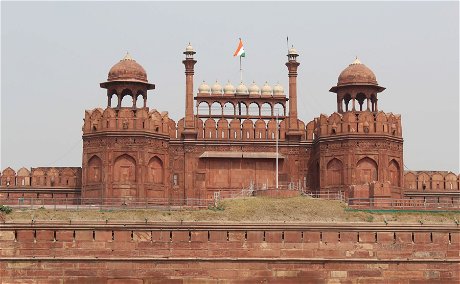
The Red Fort
The Red Fort is one of the most symbolic features of the Indian capital. Built by the Mughal emperor Shah Jahan between 1638 and 1648, after which he changed the capital from Agra to Delhi. Unfortunately he never lived here because his disloyal son, Aurangzeb, imprisoned him in Agra Fort. The red fort today is a busy market place, but a visit still conjures up images of the lives within the red sandstone walls during the golden age of the Mughals.

Jama Masjid
Also built by Shah Jahan, this 17th century mosque is the largest in India. The central courtyard, where over 20,000 people can kneel in prayer at one time, is built of red sandstone, whilst the exterior is built of alternating strips of marble and red sandstone. Today the mosque is still a major meeting place for Delhi's Muslim population and offers a unique insight into Indian culture and the perfect harmony within which people of different religions co-exist throughout the country.
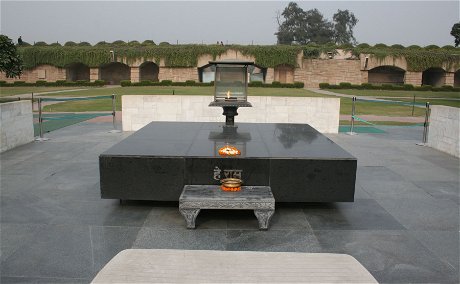
Rajghat
Rajghat is the cremation site of Mahatma Ghandi who is most revered as the Father of India. His mortal remains were cremated on 31st January 1948 following his assassination. The brick platform on which his body was burned has been encased in black marble and is flanked by an eternal flame.

Humayun Tomb
The tomb was built in memory of the charismatic Mughal Emperor Humayun, whose life was tragically cut short by a freak accident. The tomb was built by his Persian widow Haji Begum who planned the architecture of the tomb after consulting with a notable architect from her homeland. The architecture, which showcases a very prominent influence of the Persian style of architecture, is credited to be the first and the most important architectural endeavour of the reign of Emperor Akbar, often regarded to be the greatest of all the Mughal emperors. It is also regarded as and was one of the most important influences in the architecture of the Taj Mahal.
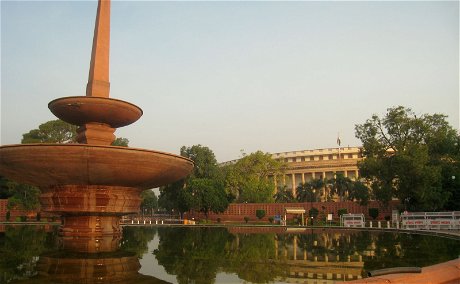
Sansad Bhavan
Sansad Bhavan is India's parliament house, where the worlds largest democracy functions. The massive, spherical building comprises of three semicircular chambers for the Legislatures and a Central Library crowned by a 27.4m high dome. The dome is 173m in diameter and covers 2.02 hectares in area, enclosed by a verandah with 144 columns. The boundary wall has blocks of sandstone carved in geometrical patterns that reflect the Mughal jalis.

India Gate
The names of the 82,000 Indian soldiers who died in World War I and an additional 13,300 names who sacrificed their lives in the North-West Frontier in the Afghan War of 1919 are inscribed on the walls of this grand construction.
In order to honor the numerous unknown gallant soldiers who died fighting for the country, an eternal flame or Amar Jawan Jyoti was lit under the arch of India Gate in 1971. Uniformed soldiers stand guard over the flame.
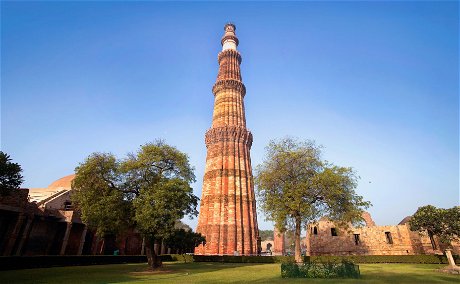
Qutab Minar
Qutab Minar, the tallest brick minaret in the world, was built to mark the beginning of Muslim rule in India. Started in 1199 and completed in 1368 the Minar is 72.5m high with a diameter at the base 14.4 m and 2.7 at the top.
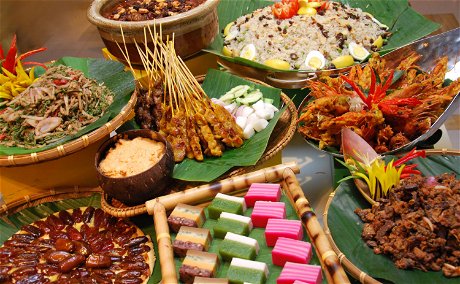
Group Farewell Dinner
Tonight we enjoy our last group meal together and say a fond farewell to new found friends and a big hello to those joining us.
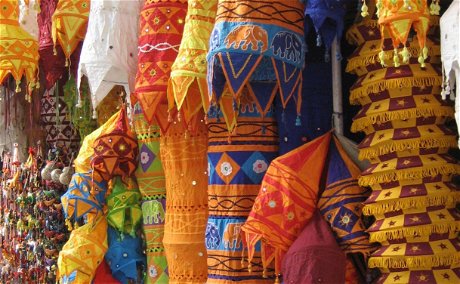
Shopping in Janpath Market
Janpath Market is one of the most famous markets for tourists in New Delhi and relatively close to our hotel. The market is essentially a long line of boutique stores selling products which are hard to find in the malls and multi-chain stores of the city. The long line of boutiques is a heaven for budget travellers and shoppers, buyers of handicrafts and garments, curio and numerous Indian-style fast-food places.

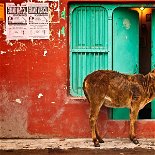
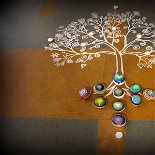


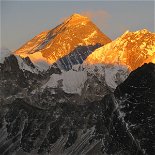

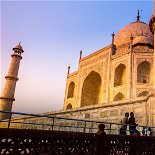


Share This Page